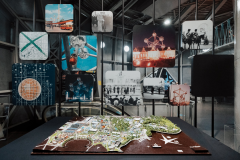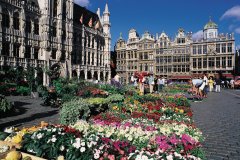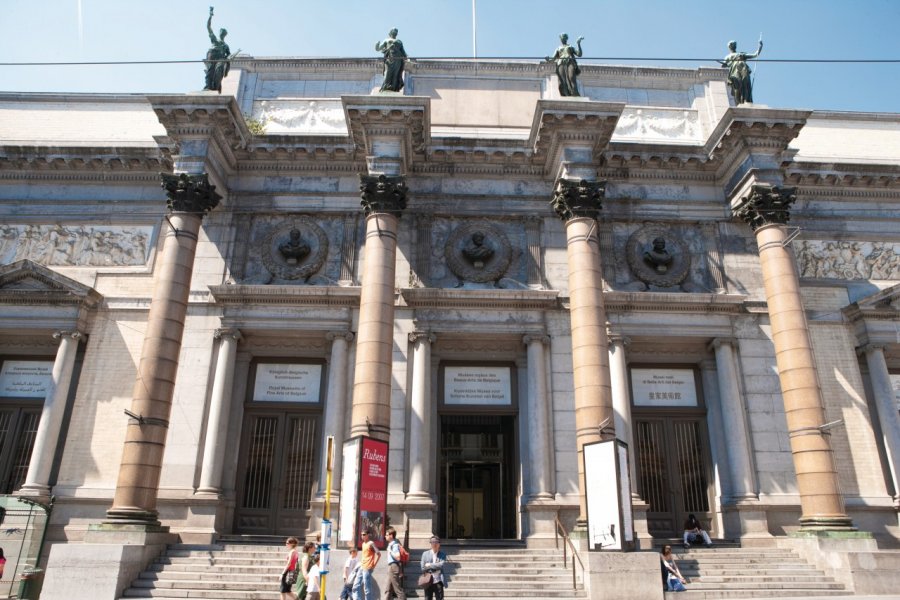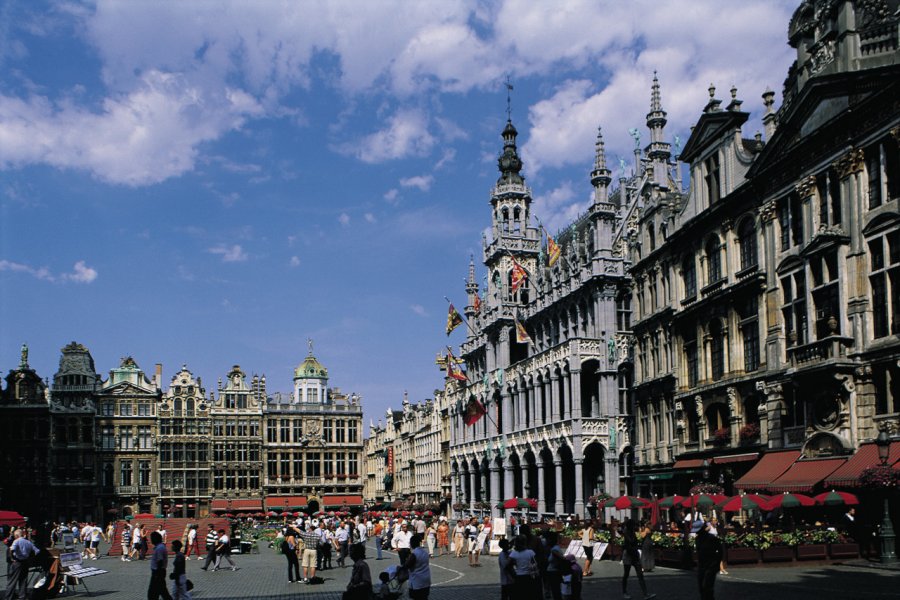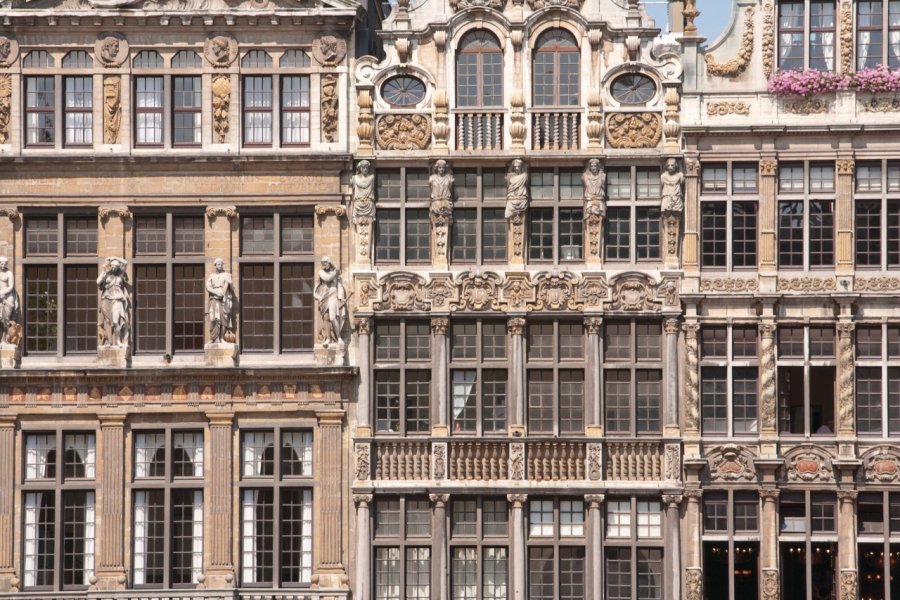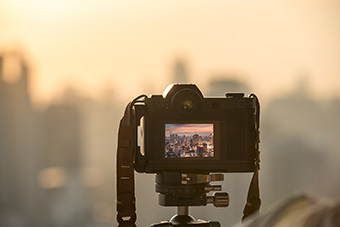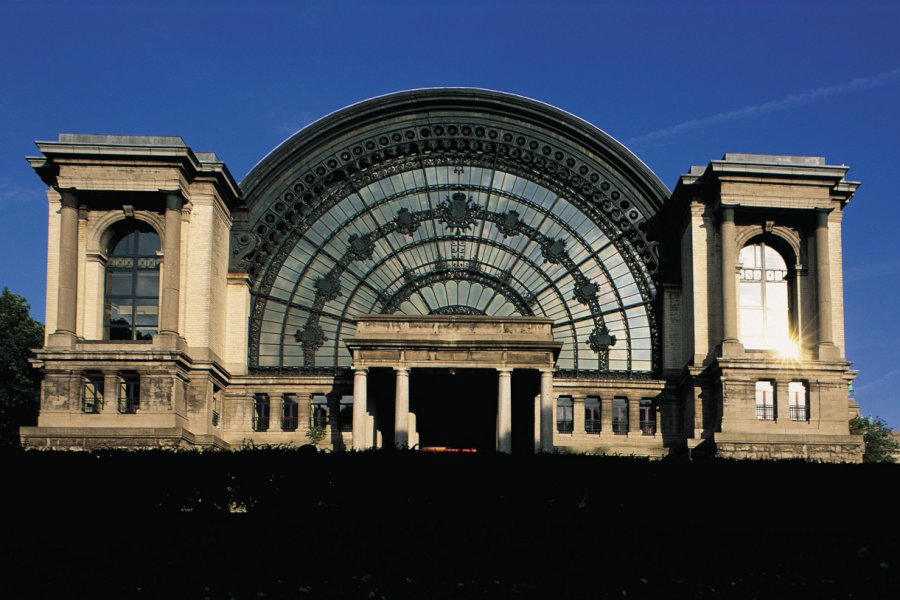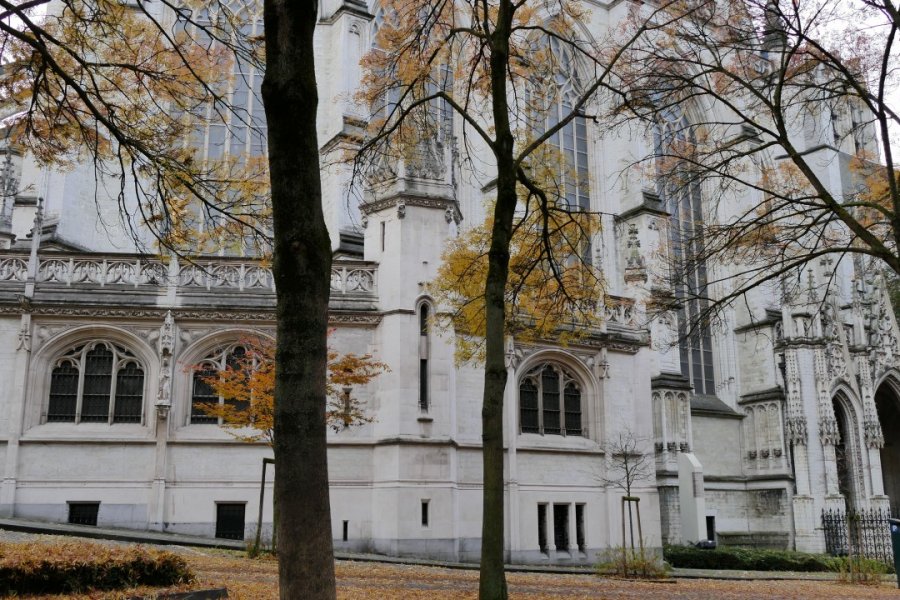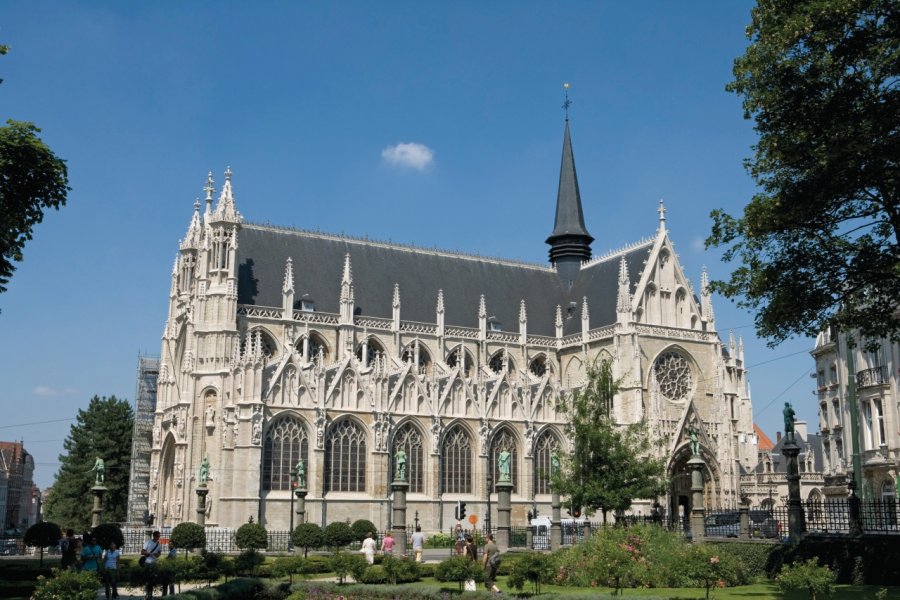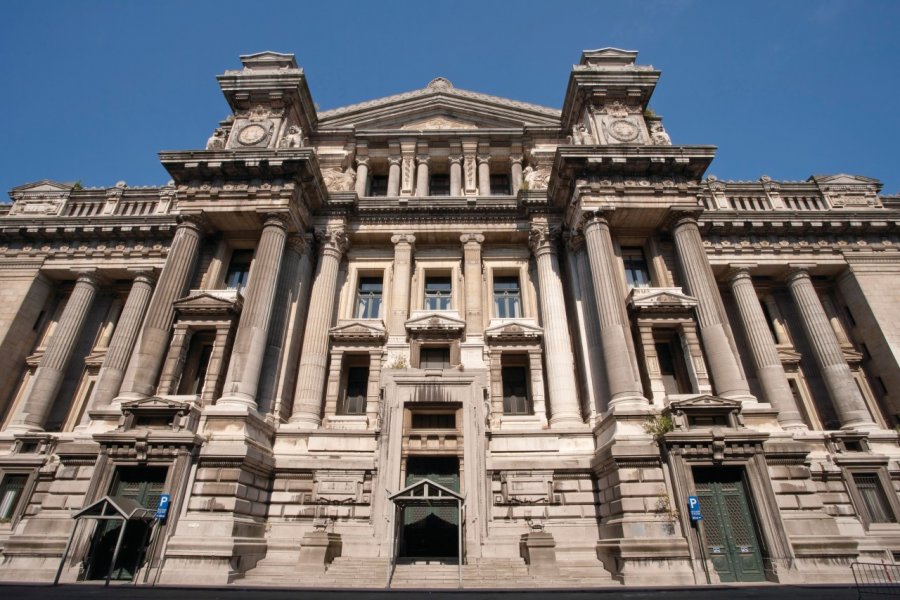What to see, what to do Bruxelles - Brussel?
The 10 good reasons to go Bruxelles - Brussel

Europe's largest pedestrian mall
Spanning 50 hectares, Brussels boasts the largest pedestrian area in Europe.

Brussels, the European
Capital of more than 448 million Europeans and seat of institutions: 184 nationalities.

Capital of the comic strip
Tintin lived in Brussels. Routes and a museum set Belgian comics to music.

Art Nouveau around every corner
An artistic movement close to nature, Art Nouveau exploded between 1890 and 1910.

Brussels, close to home
Brussels is the closest capital to Paris. And yet not at all French!

Beers, chocolates, speculoos
2,500 beers and over 700 chocolatiers in the Plat Pays. Brussels also adds speculoos.

Numerous quality museums
Fine arts, natural sciences or dedicated to Magritte: museums of international interest!

Shopping at reasonable prices
Ideal for varied and original shopping, vintage or designer clothes and decoration.

China paradise
Flea market, antiques: from the Sablon to the Marolles. The old market is a Sunday must.

The greenest city in Europe
With more than 8,000 hectares of forests, woods, parks and gardens, it's a great place to go green!
What to visit Bruxelles - Brussel?

Interview: My Brussels
with Mélissa MONACO, author of the guide
Originally from Hainaut, Mélissa adopted Brussels when she arrived there to study journalism. After several years of expatriation, she returned in 2006. When she's not travelling (and writing on her blog mellovestravels.com), she's wandering around the different communes of Brussels, discovering things she'd never seen before and new addresses.
See the video of the interviewGood to know to visit Bruxelles - Brussel
 Timetable
Timetable
Museums close early in Brussels, at 6pm at the latest for the most important ones. The same applies to most tourist attractions and sites. If there is one, the weekly closing day is usually Monday, as in France.
 To be booked
To be booked
Reservations are not required for all museums, but are strongly recommended. Reservations are often required for visits to Art Nouveau mansions (Musée Horta, Maison Hanon...), and for some visits to European institutions (such as the Parliament Hemicycle), you'll need to bring your ID. Find out more beforehand.
 Budget & Tips
Budget & Tips
Museums are quite expensive in Belgium, on a par with French prices. Public museums are free and open on the first Sunday of the month, as in France. For more information: https: //www.visit.brussels/fr/visiteurs/que-faire/bruxelles-a-petit-budget/musees-bruxellois-gratuits-les-1ers-dimanches-du-mois
 Main events
Main events
There are plenty of not-to-be-missed events in Brussels, especially from spring onwards; but if we had to pick just a few, we'd mention Bright Brussels in mid-February, with its trail of dozens of light installations; Banad, an Art Nouveau-Art Deco festival that lasts all March and opens the doors of exceptional places that are usually closed; the Fête de l'Iris (Brussels-Capital Region festival) and the Fête de l'Europe in May; the Ommegang, a show recreating Charles V's "joyful entry" into Brussels (June-July); the iconic Tapis de fleurs with its thousands of begonias laid out on the Grand-Place (every even-numbered year in August); the Week-end de la bière, again on the Grand-Place, in September; also in September, the Comic Book Festival; in October, Museum Night Fever to rediscover museums in a festive atmosphere; and the year comes to a close with Winter Pleasures, much more than a Christmas market, which lights up the long evenings of December.
 Guided tours
Guided tours
Visit Brussels offers paid guided tours on various themes. Most museums also offer a guided alternative, usually for groups. Brussels has a network of greeters who are willing to take you around the city at your leisure. Info on https://www.visit.brussels/fr/visitors
 Smokers
Smokers
Smoking is prohibited in all enclosed areas (museums, restaurants, cafes...). Some closed places (like the airport) may have a dedicated smoking area.
